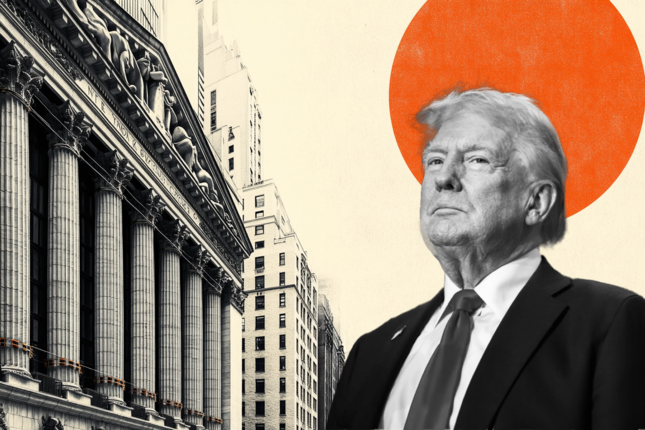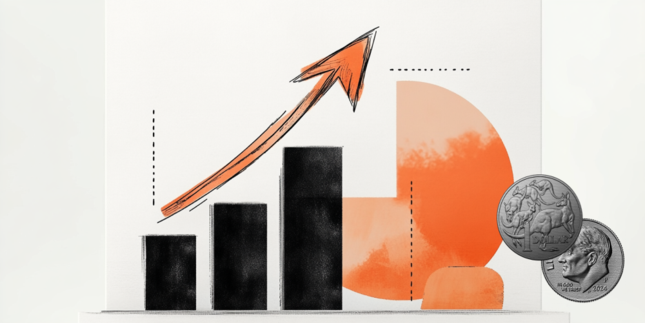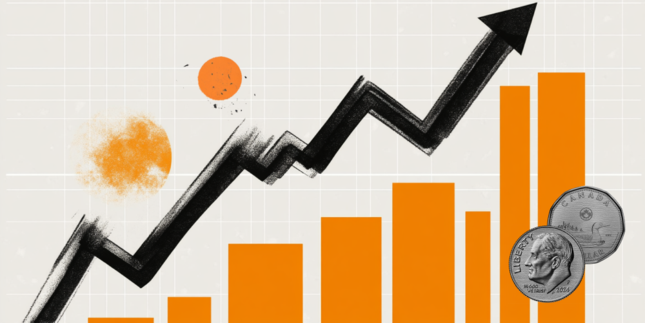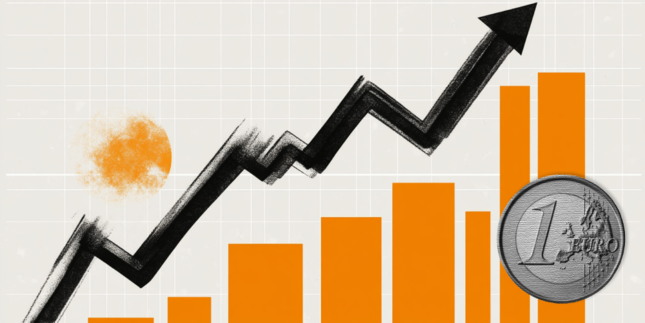US Dollar extends gains as markets asses US Goverment messaging
- The US Dollar holds ground above 108.00 as traders await weekend tariff announcements.
- Trump threatens 100% tariffs on BRICS nations if they challenge the US Dollar in global trade.
- US PCE inflation data shows steady price pressure, reinforcing the Fed’s cautious stance.
- The US Dollar Index hovers near 108.50, marking a fresh weekly high.
The US Dollar Index (DXY), which measures the value of the US Dollar against a basket of currencies, remains stable above 108.00 ahead of a highly anticipated weekend for global trade policy. With tariffs on Canada and Mexico set to take effect on Saturday, market volatility is expected at the start of next week. In addition, during Friday's session, Press Sec. Karoline Leavitt reiterated that February 1st will be the deadline for Canada and Mexico tariff. In addition, the US Goverment confirmed tariffs for Canada and Mexico tariff at 25% and China at 10%
Meanwhile, President Trump reiterated his stance against BRICS nations attempting to introduce a new currency for international trade, vowing harsh tariffs in response. The release of December's Personal Consumption Expenditures (PCE) inflation data confirmed stable pricing pressure, reinforcing expectations that the Federal Reserve (Fed) will maintain a cautious approach to policy adjustments.
Daily digest market movers: US Dollar firms as traders monitor trade and inflation data
- The US Dollar remains steady as markets await tariff implementation on Canada and Mexico this weekend.
- President Trump warns of 100% tariffs on BRICS nations if they attempt to create an alternative global currency.
- On the data front, December PCE inflation rose 0.2% MoM, while core PCE increased 0.3%, both in line with expectations.
- The Chicago PMI for January came in at 39.5, slightly missing the expected 40.0 but improving from 36.9 in December.
- US Personal Income for December rose 0.4%, while Personal Spending increased 0.5%, signaling continued consumer resilience.
- Regarding Fed expectations, the CME FedWatch Tool projects an 80% probability that the Fed will maintain its current policy rate in March with no adjustments.
- The Atlanta Fed's GDPNow model will release its initial Q1 growth estimate today, with US Treasury yields bouncing higher and the 10-year yield trading around 4.50%.
- Despite tariff concerns, US equity futures point to a positive open, signaling that risk appetite remains intact.
DXY technical outlook: Dollar holds gains but faces key resistance
The US Dollar Index remains firm above 108.00, nearing its weekly high at 108.35. Momentum indicators suggest a mixed outlook, with the Relative Strength Index (RSI) around 50 and the Moving Average Convergence Divergence (MACD) red bars present, reflecting cautious sentiment.
If DXY extends its recovery, resistance lies near 108.50, while downside support is seen around 107.80. While bullish momentum remains constrained, any unexpected tariff developments over the weekend could trigger fresh volatility, shaping the near-term trajectory of the US Dollar.
Tariffs FAQs
Tariffs are customs duties levied on certain merchandise imports or a category of products. Tariffs are designed to help local producers and manufacturers be more competitive in the market by providing a price advantage over similar goods that can be imported. Tariffs are widely used as tools of protectionism, along with trade barriers and import quotas.
Although tariffs and taxes both generate government revenue to fund public goods and services, they have several distinctions. Tariffs are prepaid at the port of entry, while taxes are paid at the time of purchase. Taxes are imposed on individual taxpayers and businesses, while tariffs are paid by importers.
There are two schools of thought among economists regarding the usage of tariffs. While some argue that tariffs are necessary to protect domestic industries and address trade imbalances, others see them as a harmful tool that could potentially drive prices higher over the long term and lead to a damaging trade war by encouraging tit-for-tat tariffs.
During the run-up to the presidential election in November 2024, Donald Trump made it clear that he intends to use tariffs to support the US economy and American producers. In 2024, Mexico, China and Canada accounted for 42% of total US imports. In this period, Mexico stood out as the top exporter with $466.6 billion, according to the US Census Bureau. Hence, Trump wants to focus on these three nations when imposing tariffs. He also plans to use the revenue generated through tariffs to lower personal income taxes.
Forex News
Keep up with the financial markets, know what's happening and what is affecting the markets with our latest market updates. Analyze market movers, trends and build your trading strategies accordingly.




















